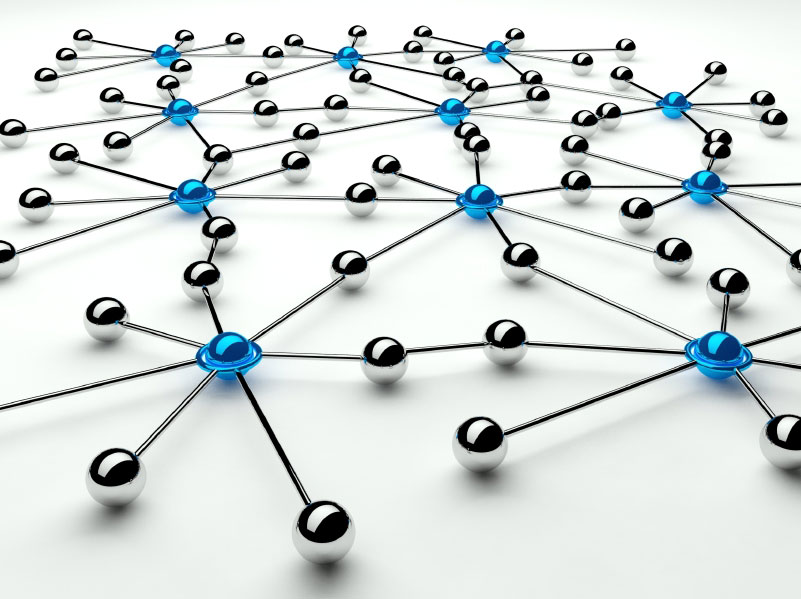
Semantic segmentation is the task of labeling every pixel in an image with a predefined object category. It has numerous applications in scenarios where the detailed understanding of an image is required, such as in autonomous vehicles and medical diagnosis. This problem has traditionally been solved with probabilistic models known as conditional random fields (CRFs) due to their ability to model the relationships between the pixels being predicted. However, deep neural networks (DNNs) recently have been shown to excel at a wide range of computer vision problems due to their ability to automatically learn rich feature representations from data, as opposed to traditional handcrafted features. The idea of combining CRFs and DNNs have achieved state-of-the-art results in a number of domains. We review the literature on combining the modeling power of CRFs with the representation-learning ability of DNNs, ranging from early work that combines these two techniques as independent stages of a common pipeline to recent approaches that embed inference of probabilistic models directly in the neural network itself. Finally, we summarize future research directions.

